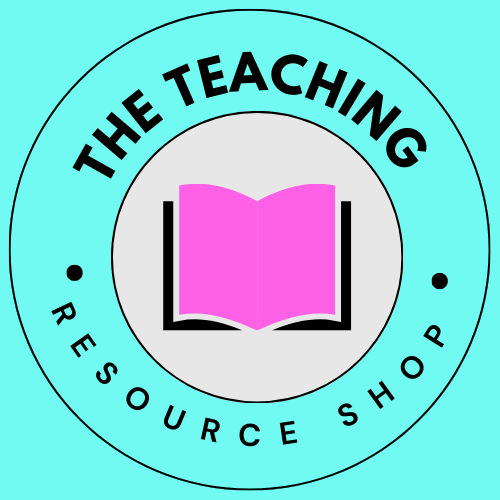5 Differentiated Instruction Strategies I Use In My Classroom
Effective differentiated instruction strategies are essential for meeting the learning needs of learners in the classroom. Teachers should create a more inclusive and engaging learning environment by tailoring instruction to individual students' strengths, interests, and readiness levels. Here are five strategies that have proven to be effective:
1. Flexible Grouping: This strategy involves organizing students into small groups according to their learning needs. Teachers can group students homogeneously (students with similar abilities) or heterogeneously (students with diverse abilities). Flexible grouping allows teachers to provide targeted instruction and support to each group. It also fosters collaboration and peer learning among students.
2. Tiered Assignments: Tiered assignments provide different levels of complexity and challenge based on students' readiness levels. Teachers offer varying degrees of difficulty to ensure that all students are appropriately challenged. Students can work on tasks that align with their abilities, allowing them to experience success and build their skills.
3. Learning Centers: Learning centers are planned areas in the classroom where students can engage in independent or group activities. Each center offers different learning materials or tasks that help a variety of learning styles and interests. Students can rotate through the centers, choosing activities that align with their preferences and needs. Learning centers promote autonomy, self-directed learning, and hands-on exploration.
Curabitur blandit tempus porttitor. Vivamus sagittis lacus vel augue laoreet rutrum faucibus dolor auctor. Vestibulum id ligula porta felis euismod semper.
4. Choice Boards: Choice boards present students with various learning activities and allow them to select tasks that appeal to their interests and learning styles. Teachers can design choice boards with multiple options, such as written assignments, projects, presentations, or multimedia tasks. Offering choice empowers students, enhances engagement, and promotes ownership of learning.
5. Scaffolded Instruction: Scaffolding involves providing appropriate support and advice to students as they learn new concepts or skills. Teachers can use scaffolding techniques such as modeling, guided practice, graphic organizers, or step-by-step instructions to assist students in understanding and mastering challenging content. Gradually, the support is reduced as students gain confidence and independence.
Teachers can implement a more inclusive and effective learning environment through these differentiated instruction strategies. These strategies promote individual growth, engagement, and academic success for all students, regardless of their learning profiles.


